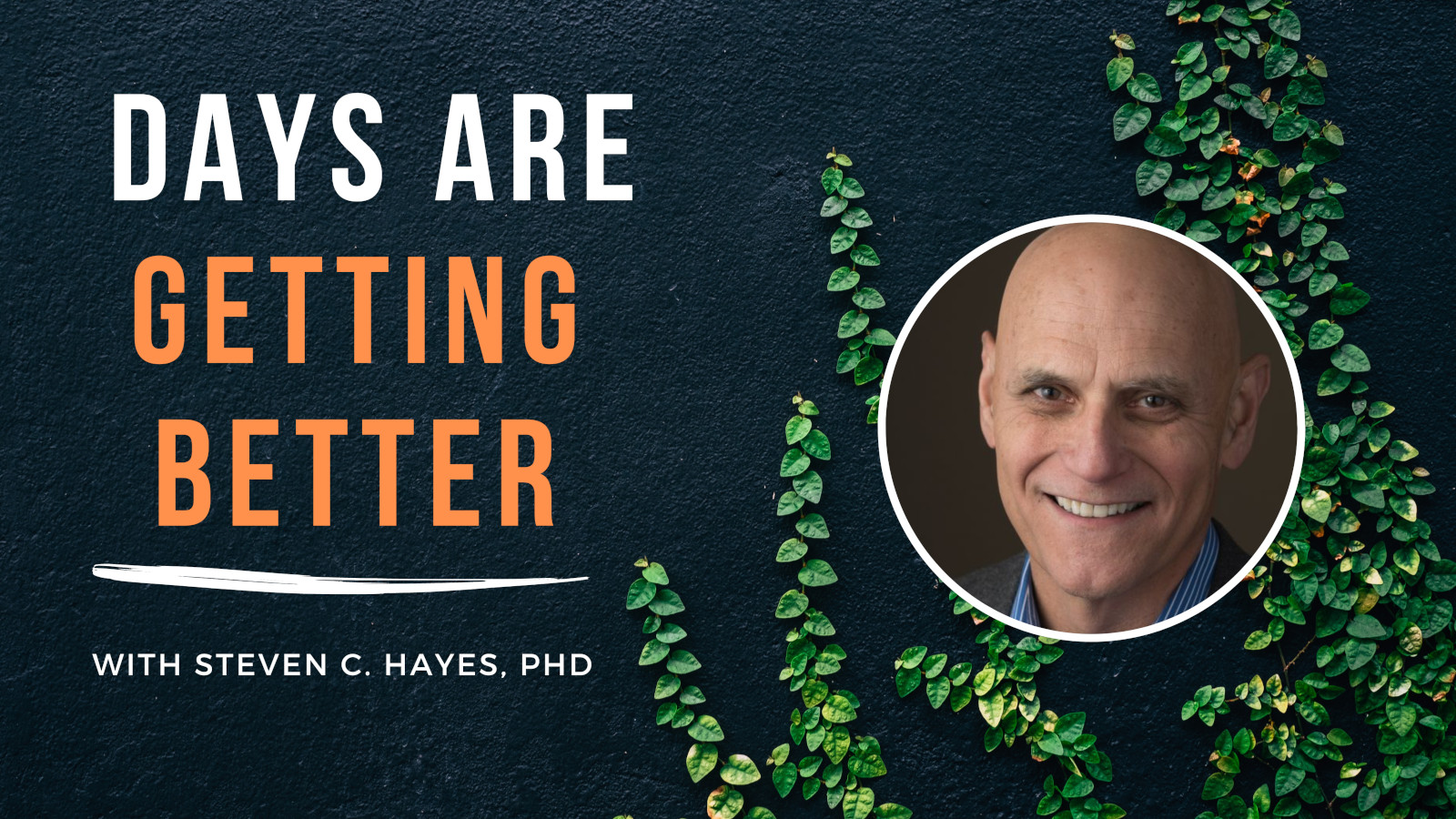When you think about visiting a therapist for the first time, you might feel quite uncomfortable. After all, why should you tell a virtual stranger the most intimate details of your life – things you haven’t even told your spouse, or your closest friends? What, are you going to be asked to open up about your darkest thoughts and most shameful secrets, while the therapist is wearing a frozen but concerned look on their face or (maybe worse) writing down little notes on a pad of paper? Ugh. And how do you even know you have a good one?
No wonder people still hesitate to seek therapy!
More often than not, you will find an empathic, attentive person sitting in the therapist’s chair. Someone who listens, who makes you feel understood; and you begin to trust that the therapy might actually work. This partnership between a client and their therapist is called the “therapeutic alliance.” It is defined by a sense of safety and trust, and a mutual agreement on which tasks and goals are worthy of pursuing inside therapy.
It is easy to see the importance of this alliance. After all, without trust and safety, how could a client allow themself to drop their mask and be vulnerable – both of which are necessary for effective therapy? And without agreeing to pursue certain tasks and goals, how could a client be persuaded to do the difficult work that is involved in addressing their psychological pain and inner discomfort?
The link between successful therapy and a good working alliance is well established, especially if you just correlate it with therapy outcomes. Examined that way, it has been found consistently, regardless of the patient’s problem, their history, or their country of origin. For instance, Flückiger, Del Re, Wampold, and Horvath analyzed 295 studies with more than 30.000 patients, and found that the alliance accounted for about 8% of therapy outcome.
But here is the dirty secret of such correlations: They only work if the half of the clinicians who are below average have poorer outcomes. All clinicians privately believe they are in the top half – but that’s impossible.
In order to know which mechanisms help people make a change, my colleagues (Stefan Hofmann at Boston University / Philipps-University, Marburg, Germany; Joe Ciarrochi at Australian Catholic University; and our associates Baljinder Sahdra and Fred Chin) and I decided to look at all successful mediational studies ever done on any psychosocial intervention in a randomized controlled trial targeting a mental health outcome.
We did that because mediational studies help us identify functionally important pathways of change – the kind of pathways that can actually be created, and when they are, outcomes get better. It turned out to be one of the largest reviews I’ve ever seen – taking us four years, and 50 people to analyze nearly 55.000 studies, each rated twice to ensure its quality. And at the end, we had 281 clear findings of what helps people make a change, using 73 different measures.
So, after all this work, how many studies could identify the working alliance between therapist and client as a functionally important pathway of change? (Drum roll please). The answer is… four. Yes, four – less than 2% of the findings. By contrast, psychological flexibility and mindfulness accounted for nearly half of successfully identified change processes.
If you’ve ever attended a lecture on clinical psychology, this might come as a shock, because it goes against what psychologists consider common knowledge. The reason is this: To show that the working alliance is an actual mediator, you need to show that you can deliberately increase it compared to treatment as usual, and when you do it still correlates with outcomes in both the experimental and control group. That’s what “mediation” tests – and it’s a much, much higher bar to get over than a mere correlation. Why so few mediational findings of the therapeutic alliance? For one thing, it turns out we know relatively little about how to help therapists increase their ability to create them!
Still, four studies are more than zero so let’s look more closely. Three of the four studies involved three methods from the acceptance and mindfulness or “third wave” wing of the behavioral and cognitive therapies: One each of Dialectical Behavior Therapy (DBT), Functional Analytic Psychotherapy (FAP), and Acceptance and Commitment Therapy (ACT) done in combination with FAP.
These are all evidence-based methods and I’ve often said that consumers have a right to know that the therapy they receive has been scientifically shown in controlled studies to work, and we know scientifically why it works. But even a great therapy approach like that may not work as well if it is delivered by the wrong therapist. The correlational evidence suggests you should also find a therapist with whom you have a working alliance defined by trust, safety, and agreement about how to proceed in therapy. And the mediational evidence suggests that maybe the modern acceptance and mindfulness methods help clinicians do a better job of creating an alliance like that.
That is progress but one of the four studies allows us to say a bit more. I know it well, because I was an author on it! In this study on the impact of ACT+FAP, two mediators were found:The therapeutic alliance AND (wait for it) psychological flexibility. And in this study when you pitted one against the other (in what is called a “multiple mediator model” .. essentially running a race between the two) after accounting for changes in psychological flexibility in the client, the working alliance was no longer a significant contributor to outcomes.
Don’t over-react: It’s not because the alliance didn’t matter in ACT + FAP. Tested alone it did matter and these methods were effective in helping clinicians establish a good alliance. But the multiple mediator findings suggest that the therapeutic alliance is not just a means to get to “the outcome” – it’s also a way to help people learn to be more open, aware, and actively engaged in life and that learning these skills are even more important to create positive outcomes than the alliance itself.
Think about it. If therapy does not change how you relate to yourself, why would the alliance matter long term? You have to internalize the relationship and take it home with you for it to have a lasting impact in your life. Right? Well this study suggests that psychological flexibility and mindfulness is part of what you learn to take home when you have a good therapist who can create a good alliance.
I think I can prove this to you in a minute or two. Think of someone who profoundly empowered you in your life. Get that person clearly in your mind and then I want to ask you six simple questions about your relationship with them.
When you were with them …
- …were they fully there with you or were they looking at their watch, only half present?
- …and your eyes met, did you sense you were consciously interconnected or did you see “dead eyes” as if “nobody’s home”?
- …did you feel deeply accepted for who you are?
- …were you constantly being judged and criticized or was that somehow far away?
- …did they care about your values or would they override them without a second thought?
- …could you be together in ways that fit the valued opportunities of the moment or was it always their way or the highway?
These are simple psychological flexibility and mindfulness questions and I’d bet I know your answers! In groups of two the questions are about awareness, openness (and together those four are a decent definition of mindfulness), and being actively engaged in life. I can say it this way: People are lifted up by relationships in which the other person models, instigates, and supports psychological flexibility and mindfulness. You already know that: your very answers to these six questions show it! So why wouldn’t that include therapists?
So back to our question of the day: how do you know if you have the right therapist?
In the long run your own improvement and accomplishing the goals of therapy is the most important button line, but that’s in the future when you are in therapy. Processes of change come first so they provide more immediate guidance. So, yes, find a therapist who uses methods that have been scientifically shown to work, and we know why. But then make sure your relationship with your therapist is defined by trust, safety, and agreement about how to proceed in therapy. And then check to see if the therapist models acceptance and non-judgment, attention to the present moment from a deeper more “spiritual” sense of self, and commitment to a values based approach, even to you. And over time look to see if your therapist helps you take a more aware, open, and values based approach to your own life.
If you see those qualities in your therapist and sense those changes emerging in yourself, congratulations. In all likelihood, you’ve got a good one!







